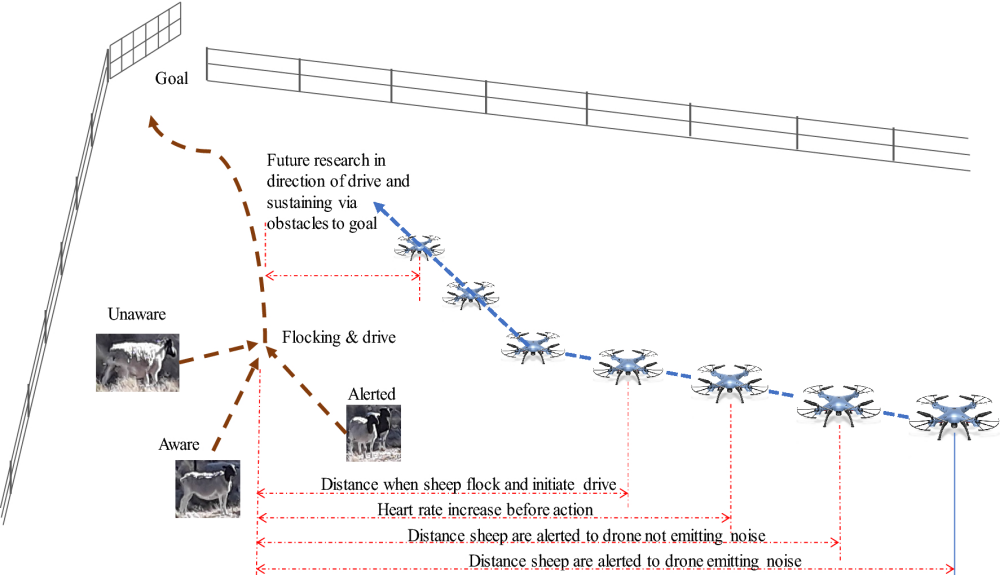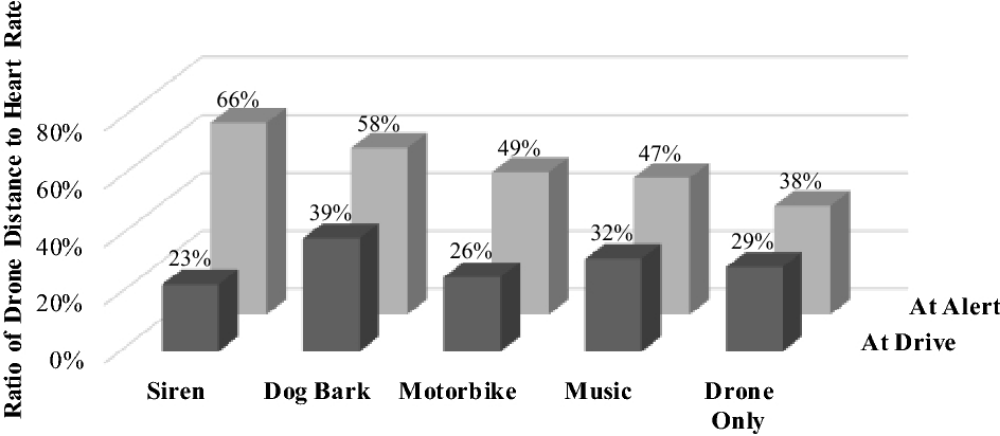A new Australian study found that methods of shepherding have a direct impact on animal welfare and in particular, farmers who use drones to herd their flock have less stressed sheep.
“What we found through this study is that the sheep had higher heart rates when they’re being shepherded by traditional means,” researcher Kate Yaxley from UNSW Canberra said. “The simple act of moving them to another paddock for food is actually putting the animal under stress.”
The drones emit sounds to help direct the sheep.
“We measured the variations in their heart rates, and we found it to be much lower when using UAVs with appropriate approach speed, and that the animals actually responded to the technology,” the lead researcher said. “If we played certain sounds that allowed them to use their sensors, their aural and visual acuity, they moved a lot easier.”
Report Abstract
Consumer groups are pressuring modern farmers to be more efficient with a focus on better animal welfare. Herding risks farmer lives, involves stress from farm dogs, and if not performed often and intelligently, risks neglect. We examined the behavioural and physiological response of twelve Dorper sheep (Ovies aries) to a drone to adapt mathematical models of shepherding to the new dimension.
The model aims to make it feasible for artificial intelligence to improve the autonomy of farmers and pilots in shepherding from the sky. Sheep acclimatised quickly and positively to the drone initiating drive of a flock, regardless of drone speed. Our results demonstrate that stimulating sheep auditory awareness during herding from the sky leads to varying sheep responses.
When controlled, these auditory cues can maintain safer distances between the drone and the sheep, offering great potential for the agriculture industry.
We outline our ongoing research plans to achieve more autonomous sky shepherding that is compassionate to animal welfare and trusted by farmers and the consuming public.
The full report can be accessed here.
Source: Nature


